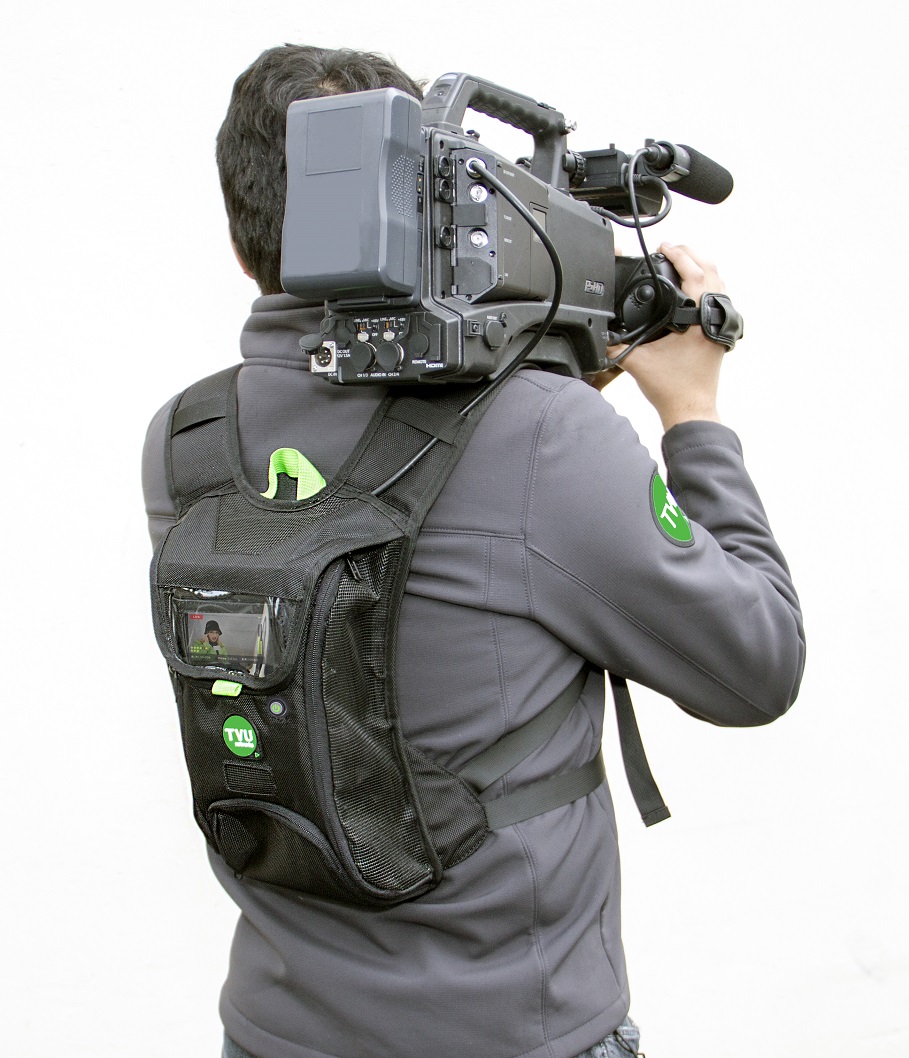Media 4.0: Using AI to Meet Viewers’ Preferences
One of the more intriguing storylines of this year’s NAB Show was the realization that the biggest impact that automated intelligence will have on the television industry is that AI will allow production to change its focus from a program-centric process to a story-centric process where content is automatically produced, targeted and distributed to the viewer. In short, using AI will allow broadcasters to identify and tailor video content to individual tastes, and moreso, allow content producers to better monetize their assets.
This concept—known as “Media 4.0” where AI is used to automate the production and distribution of media to any device on-demand—has been around for several years. Whereas Media 1.0-3.0 represented the evolution of media from film and theater to radio and television broadcasting and finally to the current IP-based landscape, 4.0 can best be illustrated by the music industry’s use of big data and the cloud to provide the personalization of media consumption down to a granular level, according to Paul Shen, founder of TVU Networks, a provider of IP-based media production and distribution tools. Using Spotify as an example, Shen noted that the music streaming services’ popularity is not necessarily because of the depth of its library, but by the ability of its sophisticated algorithms to learn consumer’s musical tastes, creating “personalized radio.”

“I have 90 days of music collections on iTunes and I don’t listen to it at all, I use Spotify,” Shen said. “The reason is easy. I don’t have to do the work. Spotify offers the content the way I want it. It uses artificial intelligence to create the playlist.”
TEN YEARS BEHIND
This use of AI has helped the music industry and IP-based video services like YouTube and Netflix to leapfrog 10 years ahead of broadcast, according to Shen, who believes that current production and distribution methods are bogged down by the human-driven assembly-like process that can be changed to an automated process by using AI and machine learning with the unlocked power of metadata. To overcome these hurdles, TVU introduced its MediaMind cloud platform at the 2018 NAB Show.
MediaMind puts the concept of Media 4.0 into practice by using AI, and object and speech recognition to maximize the use of media assets, particularly in live production. This “smart media factory” works within the existing video production workflow but enhances it by automating the ability to identify video content and push it to a variety of platforms.
Shen uses President Trump’s recent North Korean prisoner release ceremony as an example of how the MediaMind concept could be put into practice.
“There were a lot of cameras there that were recording for hours, waiting for the moment [prisoners debarked from the plane], but they didn’t know exactly when,” Shen said. Using AI-powered facial recognition technology enabled by MediaMind, the cameras and mics could be automated to just focus on particular shots of interest to individual viewers, for example.
This CAS (Contribution Automation Solution) is one part of TVU’s MediaMind concept, but another equally important concept is the automation of the entire planning, acquisition and routing process. It integrates with the news system, router, camera, transmission devices and alert system. Once a story is created, the system will help manage resources by sending an alert message to the corresponding reporters and crews as well as all of the connected devices, such as cameras, transmission devices, routers and recording devices. Once content arrives into MediaMind, it becomes instantly searchable via metadata that is tagged to the content from acquisition onward. This advanced search capability gives MediaMind the ability to push content to the producer, rather than the producer having to manually access it.
“A producer says ‘I want to write a story about the return of the three Americans from North Korea,’” Shen notes as an example,” the content will appear next to him rather than him having to go search for it.”
IN PRACTICE
The MediaMind API is already being integrated into the workflows of 4-5 of TVU’s approximately 2,500 TV station customers. Shen says customers can pick and choose which parts of MediaMind they want to integrate into their processes, which covers the production chain from acquisition, editing, processing and distribution.

In today’s live televised production environment, nearly 99 percent of the raw material goes unused and therefore, un-monetized, according to Shen. Current production processes are tedious and don’t meet the demands of today’s viewer, who is used to using social media to provide the type of feedback that allows content to automatically be “pushed” to them.
Shen thinks Media 4.0, illustrated by TVU’s MediaMind platform, represents the future of live production—an integration between production and consumption—where viewers’ tastes, rather than the producers’ whims, will drive a more “story-centric” workflow.
“Media 4.0 is going to fundamentally change what’s needed to make the TV industry meet the demand of the audiences,” Shen said. “That’s what this whole initiative is about.”
Get the TV Tech Newsletter
The professional video industry's #1 source for news, trends and product and tech information. Sign up below.
Tom has covered the broadcast technology market for the past 25 years, including three years handling member communications for the National Association of Broadcasters followed by a year as editor of Video Technology News and DTV Business executive newsletters for Phillips Publishing. In 1999 he launched digitalbroadcasting.com for internet B2B portal Verticalnet. He is also a charter member of the CTA's Academy of Digital TV Pioneers. Since 2001, he has been editor-in-chief of TV Tech (www.tvtech.com), the leading source of news and information on broadcast and related media technology and is a frequent contributor and moderator to the brand’s Tech Leadership events.

